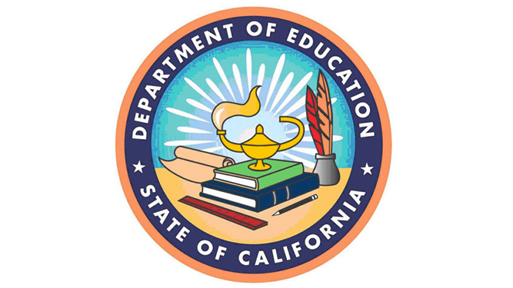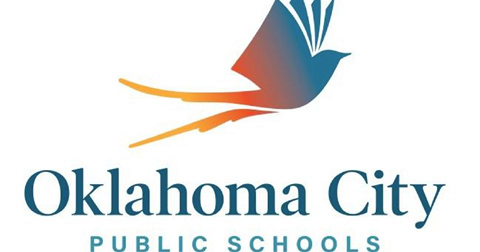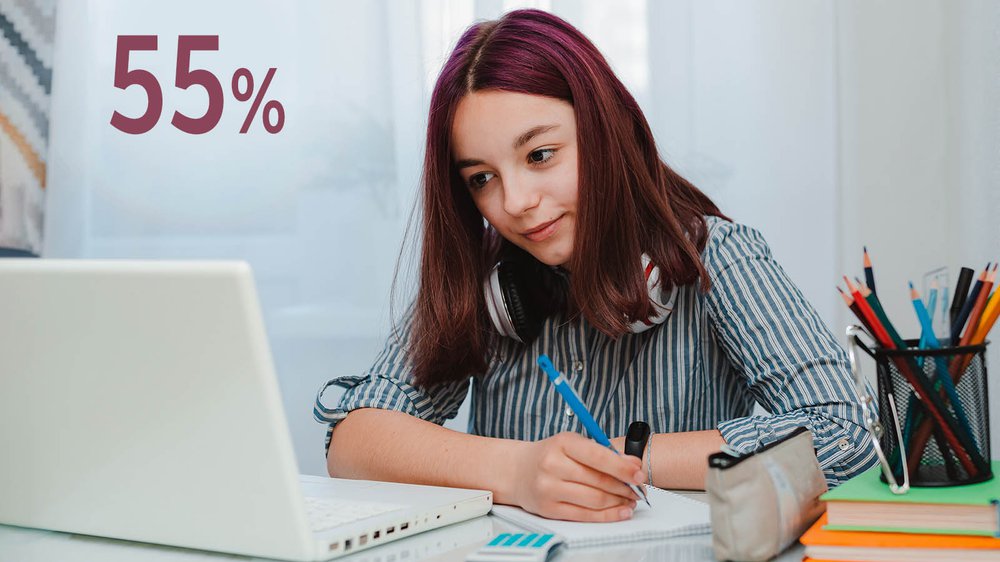Over half of California public school students remain in distance learning – By Daniel J. Willis and John Fensterwald, EdSource
Although 87% of California’s traditional public schools have reopened for some form of in-person instruction, fewer than half of students have returned either full time or part time in a hybrid model. A total of 55% of all public school students, including those in charter schools, were at home, in distance learning, as of April 30, according to an EdSource analysis of new data released by the state.
EdSource found that two-thirds of students in district schools with the largest proportions of low-income families were in distance learning, compared with only 43% of students in schools with the fewest low-income families — a disparity that may partly explain a widening learning gap between wealthy and poor students that researchers and teachers suspect the pandemic has enlarged.
Higher Covid rates in poor communities contributed to the disparity. Parents in highly infected areas have been reluctant to send their children back to school, and teachers in those areas resisted returning. Parents in low transmission areas, meanwhile, pressured school boards to reopen.
“The data shows complex connections to a variety of issues that ultimately disadvantage poor kids,” said Kevin Gordon, president of Capitol Advisors Group, a school consulting firm. “Even though the state has made an effort to send more dollars to poor schools, poverty has determined who has had more educational opportunity than not.”

Promising Practices: New Hampshire partnerships support students with vision impairments – By Kara Arundell, K-12 Dive
The School Administrative Unit 6 in Claremont, New Hampshire, located next to the Vermont border, has just a handful of students who have vision impairments and require specialized instruction and supports. But because of the school system’s small student population of 1,500, it was difficult to retain a full-time teacher of students with visual impairments, known as a TVI, said SAU6 Director of Special Education Ben Nester.
Only 0.4% of students with disabilities nationally have their primary disability categorized as visually impaired, according to the Office of Special Education and Rehabilitative Services’ 2020 Annual Report to Congress. The same report said nearly 70% of students with visual impairments spend 80% or more of the school day in general education classes. Because students with visual impairments study the general education curriculum, those teachers need to have the knowledge and resources to best support those students through the guidance of TVIs.
There is also a nationwide shortage of special education teachers, including TVIs, who must have a general or special education degree plus additional coursework and certification depending on state policies. Several people who work in visual impairment education say retirement of TVIs is part of the reason for the shortages.
“There's a bit of a crisis in educating children who are blind or visually impaired across the country,” said David Morgan, president and CEO of Future In Sight, a New Hampshire nonprofit that supports people of all ages who have sight loss. FIS also employs TVIs who are contracted to work with students in school districts as itinerant educators.

Newly signed bill makes health education in Oklahoma public schools mandatory – By Patrina Adger, Koco News
Some Oklahoma students have suffered mentally, physically and emotionally during the COVID-19 pandemic year.
Gov. Kevin Stitt signed a bill into law that will require schools to receive health education, which was not required before.
"Oklahoma is one of the few states that do not have required health education," state Superintendent Joy Hofmeister said.
The Sooner State is now on the long list of states making health education in public schools mandatory.
"We have had the State Department of Education, health-education academic standards, but we have not had a requirement," Hofmeister said.
The Health Education Act ensures all Oklahoma public school students learn every aspect of health awareness and nutrition, which goes beyond physical education.
"It's also about mental health, social, emotional as well as physical wellbeing," Hofmeister said.

NYC is making summer school available to all students. After a grueling year, will enough teachers sign up? – By Alex Zimmerman, Chalkbeat
The promise of a reimagined summer school, with camp-like activities and field trips on top of academic enrichment, sounded like a good plan to middle school teacher Frank Marino.
But Marino isn’t planning to sign up to help staff it, after more than a year of Zoom instruction and a grueling experience with last year’s glitchy summer program.
“I’ve literally been working nonstop since 2019, and I just have nothing left to give,” he said. “Personally, I just need a break.” He plans to take a cross-country road trip, hang out on the beach, and see relatives.
Districts across the country are grappling with how to attract an increasingly exhausted workforce to staff their summer programs, with some offering additional financial incentives. Teacher turnout is particularly important in New York City, as officials are expanding summer school, which will run from early July through the end of August.












